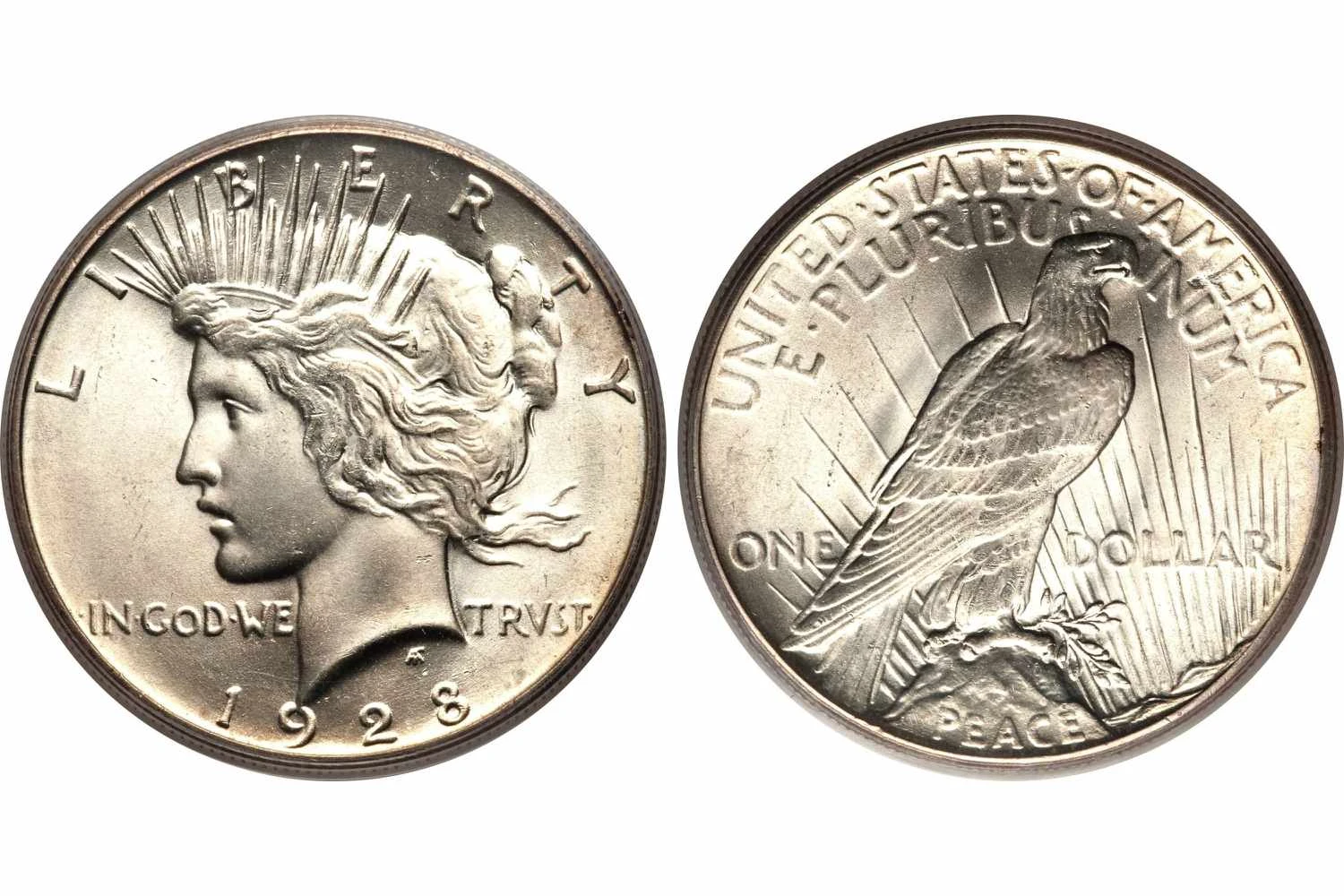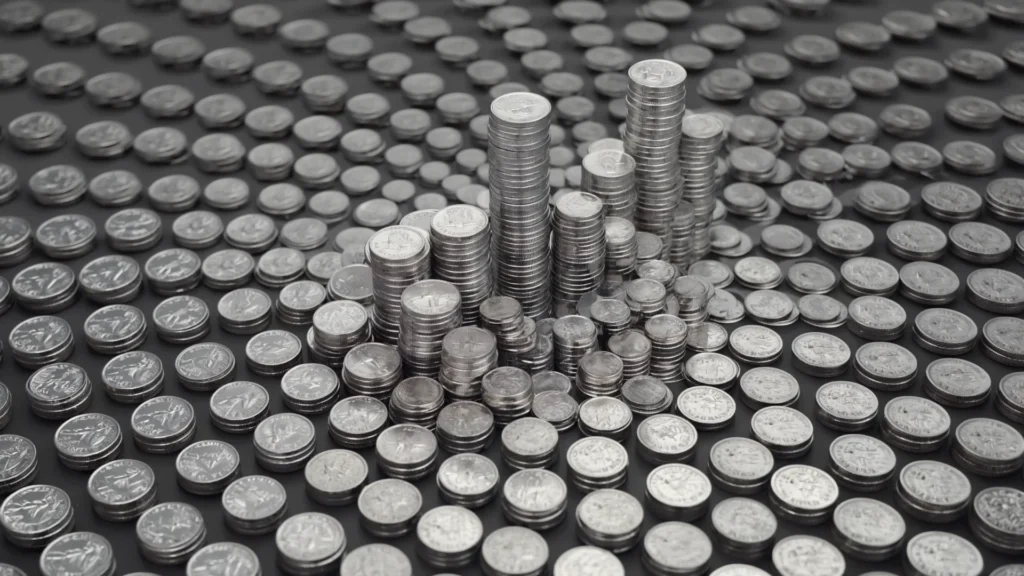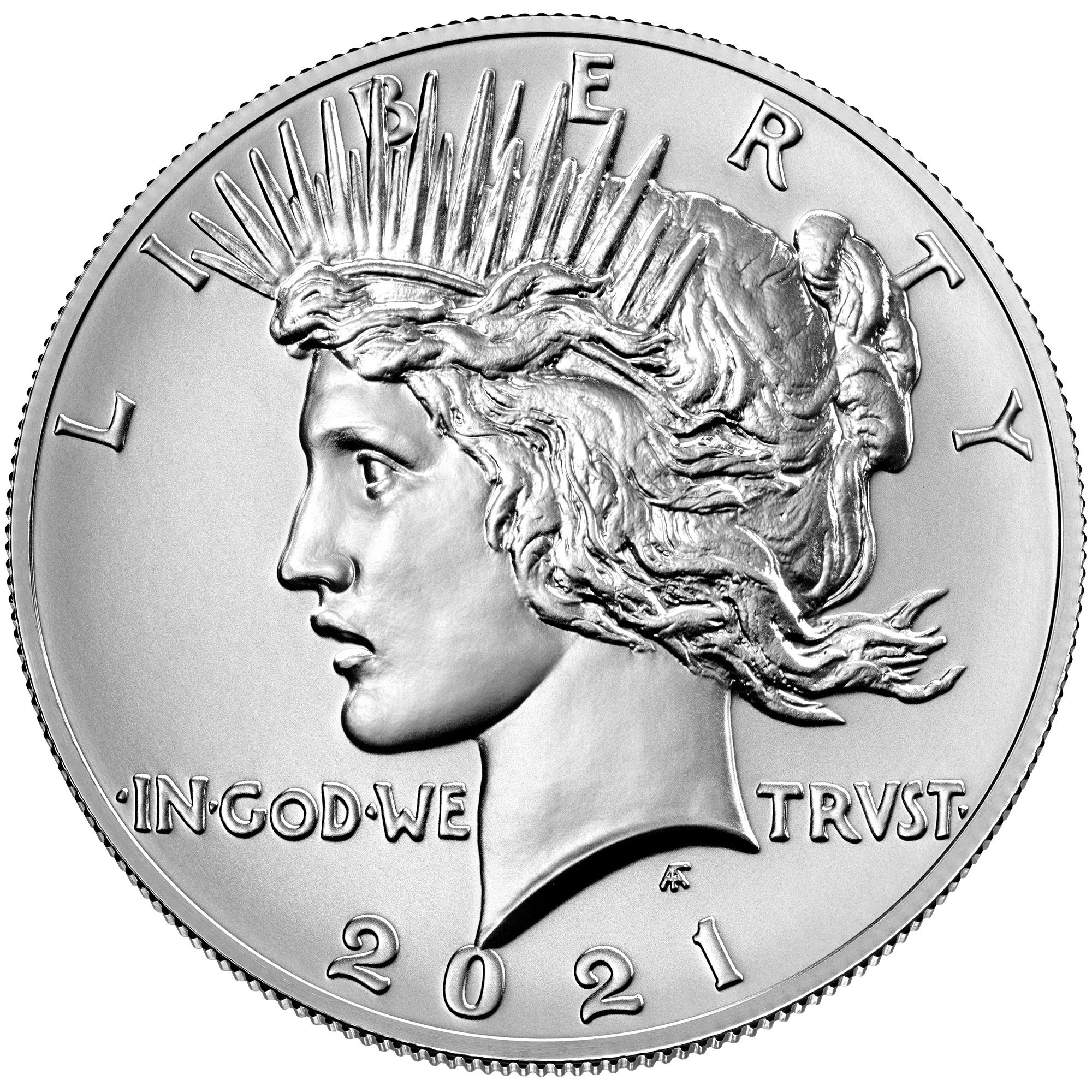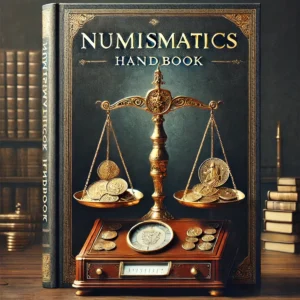Peace Dollars History & Value: From 1921 High Relief to Modern Collecting
Peace Dollars are more than just silver coins—they are physical artifacts of America’s hopes, struggles, and transformation after World War I. Struck from 1921 to 1935 and briefly revived in 2021, Peace Dollars stand as an emblem of a nation eager to turn the page on conflict and move toward prosperity.

📘 Download the full guide: Numismatics Handbook — A +135-page resource on US coin collecting.
This deep-dive guide will take you far beyond the basics. Whether you’re a historian, investor, or aspiring numismatist, you’ll walk away understanding why Peace Dollars matter—and how to collect them with knowledge, strategy, and purpose.
1. The Origins of the Peace Dollar
In 1918, Congress passed the Pittman Act, authorizing the melting of over 270 million silver dollars. To replace the melted coins, the U.S. Mint began work on a new dollar that would reflect a post-war America—one not just recovering from war, but aspiring toward peace.
By 1921, artist Anthony de Francisci was selected to design the new coin. Inspired by his wife Teresa for the portrait of Liberty, de Francisci created a bold, modern design symbolizing rebirth and hope.
The first Peace Dollars were struck in high relief, a visually stunning but technically challenging style that was quickly modified for ease of production in 1922.
2. The Artistic Symbolism Behind the Design
Every element of the Peace Dollar is intentional:
- Obverse (Front): Lady Liberty wears a radiant crown, evoking the Statue of Liberty and the sunburst of hope after the war. The word “LIBERTY” sits atop the coin, while “IN GOD WE TRUST” and the date appear below.
- Reverse (Back): A majestic eagle rests on a mountaintop, holding an olive branch—symbolizing peace rather than war. The inscription “PEACE” is carved below, making this the only U.S. coin with that word explicitly featured.
This was a radical departure from the militaristic imagery of the Morgan Dollar’s heraldic eagle. Here, peace—not conquest—was the theme.

3. Key Dates and Historical Milestones
Certain years in the Peace Dollar series stand out due to their low mintages, unusual production methods, or collector demand.
🔑 Notable Key Dates:
- 1921 High Relief: First year of issue, with bold, deep designs.
- 1928 (Philadelphia): Lowest mintage of any regular issue—just 360,649 coins.
- 1934-S: Scarce in high grades, and a favorite among registry collectors.
- 1935-S: Final year of the original series, often targeted by “bookend” collectors.
4. Peace Dollar Mintage and Composition
| Year | Mints | Notes |
|---|---|---|
| 1921 | Philadelphia | High-relief; one-year-only design |
| 1922–1928 | All 3 mints (P, D, S) | Regular production |
| 1934–1935 | All 3 mints | Final years of issue |
| 2021 | Modern Commemorative | 100th anniversary tribute |
Composition:
- 90% silver, 10% copper
- 26.73 grams total weight
- 0.7734 troy ounces of actual silver weight (ASW)
5. Grading and Valuing Peace Dollars
Condition (or “grade”) drastically impacts value. The Peace Dollar series is notorious for soft strikes—meaning Liberty’s hair and the eagle’s feathers are often mushy, even on uncirculated coins.
💎 Grading Guide:
- Circulated (VF–XF): Expect $30–$100+ for common dates
- MS60–MS63: $50–$200+, depending on luster and strike
- MS65+: Premium territory, especially for key dates (can exceed $2,000)
🔍 Certification Tip: PCGS and NGC are the top two grading services. Certified coins provide confidence and boost resale potential.
6. Common Errors and Varieties
Peace Dollars may seem straightforward, but many contain fascinating errors:
- 1922 Weak D Mintmark – Lightly punched “D” from the Denver Mint.
- 1923 Doubled Die Reverse – Noticeable doubling on lettering.
- 1934 Doubled Die Obverse – Doubling on Liberty’s facial features.
- Off-Center Strikes & Broadstrikes – Scarcer errors with high premium potential.

✅ Collecting Tip: These errors are best purchased certified unless you’re skilled in diagnostics.
7. Peace Dollars vs. Morgan Dollars
| Feature | Peace Dollar | Morgan Dollar |
|---|---|---|
| Design Style | Modern, Art Deco | Victorian, Classic |
| Theme | Hope and postwar peace | Industrial growth |
| Collectibility | Growing rapidly | Long-established |
| Key Dates | 1921, 1928, 1934-S | 1893-S, 1889-CC, 1895 |
| Market Price | More affordable | Higher for rare dates |
📌 Many stackers and collectors now favor Peace Dollars for their strong upside potential and relatively lower entry costs compared to Morgans.
8. Long-Term Investment Outlook
The Peace Dollar market has shown strong growth over the past decade, fueled by:
- Increased silver spot prices
- Renewed interest from younger collectors
- Registry set competition
- Limited supply of high-grade examples
Even common-date Peace Dollars in MS65+ condition are climbing in value, especially those with rainbow toning or superior eye appeal.

📈 Investor Insight: Look for coins with CAC stickers, premium eye appeal, or pedigree provenance—they sell faster and appreciate more reliably.
9. Advanced Collector Strategies
Ready to go beyond the basics? Here are a few ways to elevate your Peace Dollar game:
- VAM Hunting: Peace Dollars have their own VAM (Van Allen–Mallis) varieties. VAM-1F (1922 Peace Dollar with clashed dies) is a fan favorite.
- Full Strike Focus: Seek coins with full feather detail on the eagle and strong facial detail on Liberty.
- Toning Collectors: Target coins with natural rainbow toning—popular with collectors and investors alike.
- Date-Mint Sets: Challenge yourself by collecting every year and mint (P, D, S) in XF or better.
10. Final Thoughts: The Legacy of the Peace Dollar
The Peace Dollar is more than a collectible—it’s a symbol of resilience, craftsmanship, and aspiration. Whether you’re stacking silver, completing a registry set, or searching for that elusive MS66 1928, these coins offer a uniquely American story wrapped in 90% silver.
FAQ: Peace Dollars History
What is the historical significance of Peace Dollars?
Peace Dollars were minted to mark the end of World War I and reflect America’s commitment to peace and recovery. Introduced in 1921, they symbolize the country’s hope, strength, and resilience following a global conflict.
Who designed the Peace Dollar and what does it represent in U.S. history?
Anthony de Francisci designed the Peace Dollar in 1921. His design features Liberty modeled after his wife and an eagle with an olive branch. The coin was a bold tribute to peace, breaking from traditional American coinage motifs.
When were Peace Dollars minted and why did production end?
Peace Dollars were minted from 1921 to 1928, and then again in 1934 and 1935. Production stopped due to reduced demand during the Great Depression. Their commemorative return in 2021 honored the coin’s historical importance.
Why is the 1921 Peace Dollar historically significant?
The 1921 Peace Dollar was the first in the series and was struck in high relief to emphasize its symbolic design. However, due to minting difficulties, the design was lowered in 1922, making the 1921 issue a standout in Peace Dollar history.
What is the role of the Pittman Act in Peace Dollars history?
The Pittman Act of 1918 led to the melting of millions of silver dollars and paved the way for new coinage. This legislation enabled the creation of the Peace Dollar as a symbolic replacement, linking it directly to a major event in monetary policy.
How does the Peace Dollar compare to the Morgan Dollar in historical context?
While Morgan Dollars represent America’s industrial rise in the 19th century, Peace Dollars reflect a cultural shift after WWI. Their focus on peace and their Art Deco design signaled a new era in both history and coin artistry.
What makes Peace Dollars unique in the history of U.S. coinage?
Peace Dollars are the only coins in U.S. history specifically designed to honor peace. Their message, timing, and design set them apart as one of the most historically meaningful coins ever issued by the U.S. Mint.
Were Peace Dollars commonly used during their historical period?
Yes, Peace Dollars were widely used in daily commerce throughout the 1920s and early 1930s. Though they circulated, many were stored in Treasury vaults, and today they are prized as historical artifacts of American coinage.
Why are high-grade Peace Dollars important to collectors and historians?
Because many Peace Dollars were weakly struck or heavily circulated, high-grade examples are rare. Mint-state coins showcase the original design’s full detail, making them critical for appreciating the coin’s historical and artistic legacy.
How has the perception of Peace Dollars evolved over time?
Once overshadowed by Morgan Dollars, Peace Dollars have gained prominence for their historical symbolism and striking design. Their 2021 revival has further cemented their place in American numismatic history.
Ready to dive deeper?
👉 Download our full Numismatics Handbook — your 135-page guide to mastering key dates, identifying errors, and building a legacy-level collection.
